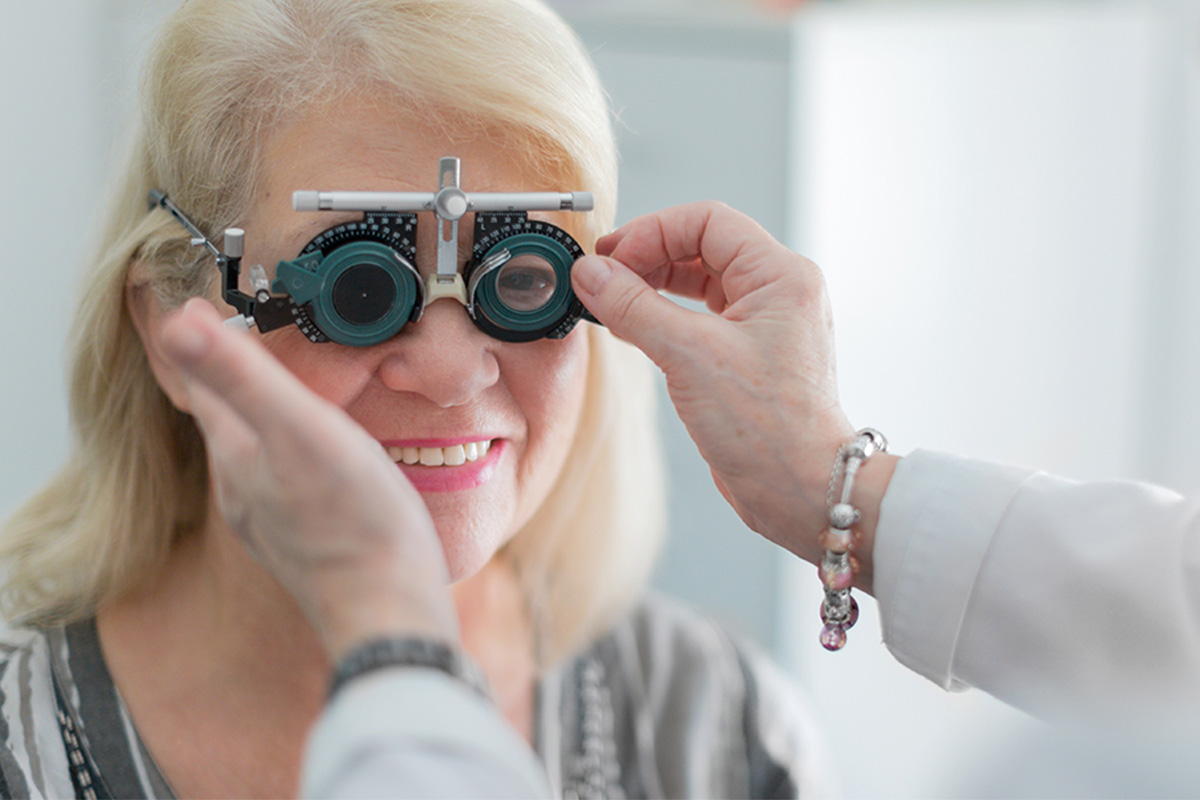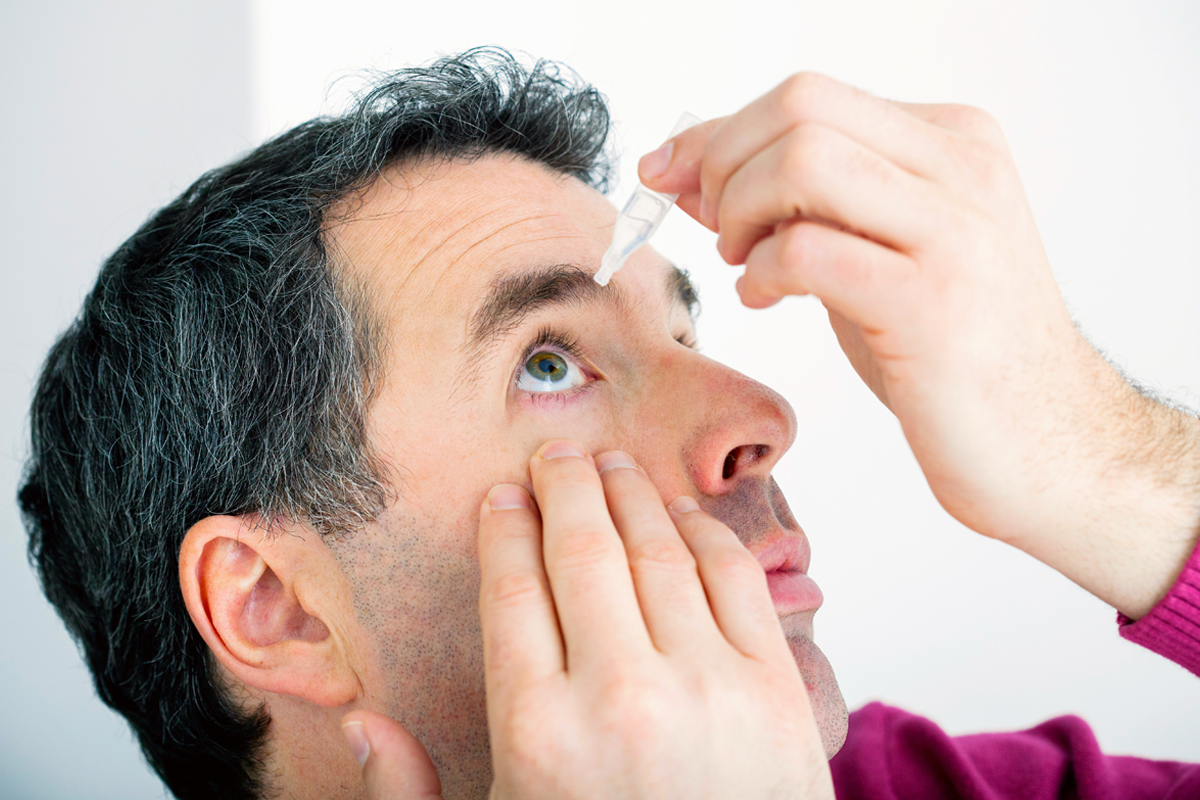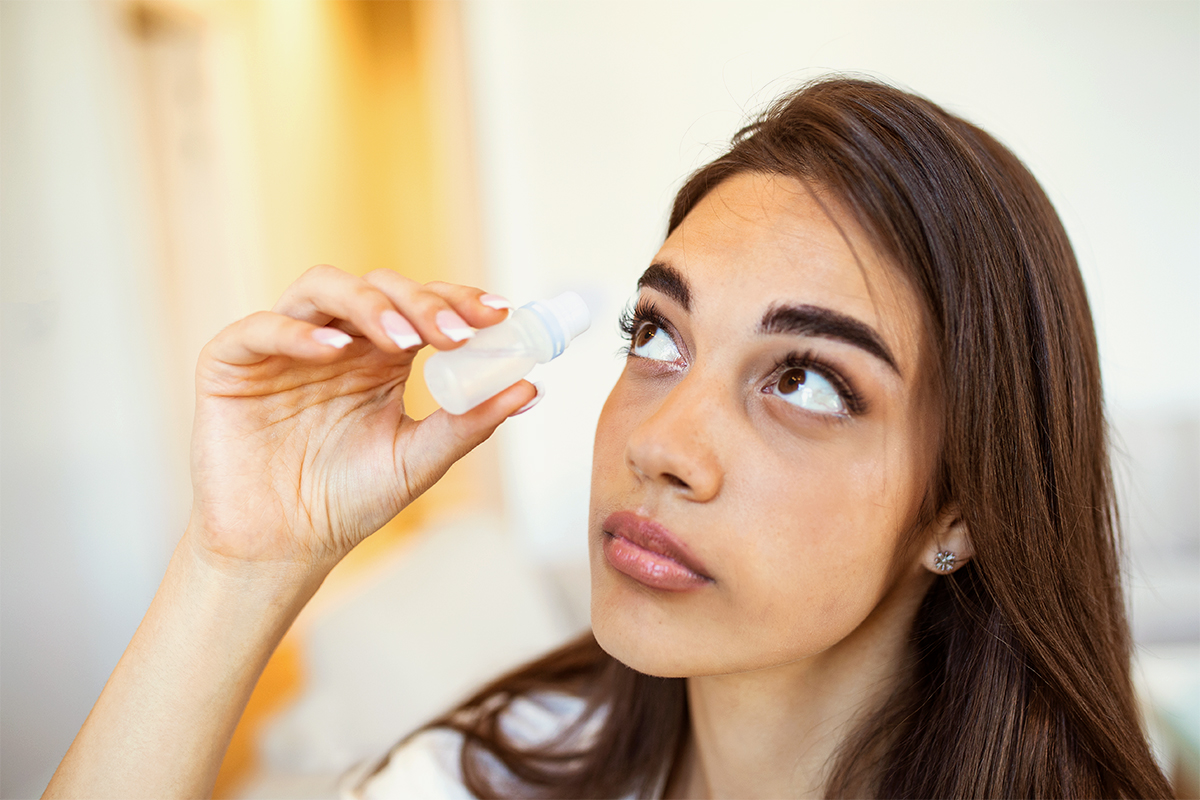Should I see an optometrist or ophthalmologist?
When you experience problems with your vision, need new glasses or have to get an eye exam, there are two types of eye doctors to choose from: optometrists and ophthalmologists.
Ophthalmologist
Ophthalmologists care for eye disorders and perform eye surgery. They also:
- Diagnose and treat all eye conditions, including complex ones
- Perform eye surgeries such as cataract removal and retinal repair
- Prescribe medications for eye diseases
Optometrist
Optometrists do eye exams and write prescriptions for glasses and contact lenses. They also:
- Detect common eye conditions like dry eyes
- Manage nonsurgical eye issues
- Prescribe glasses and contact lenses
- Provide routine eye exams and vision tests
Note that optometrists do not perform surgery.
Ophthalmology and optometry FAQ
Here are some of the most common conditions that eye doctors treat:
- Cataracts: Clouding of the lens that leads to blurry vision and glare sensitivity, commonly related to aging.
- Conjunctivitis (pink eye): Inflammation of the tissue covering the white part of the eye, often caused by infection or allergies.
- Diabetic retinopathy: When high blood sugar levels damage the blood vessels in the retina, which can impair vision over time.
- Dry eyes: When the eyes don’t produce enough tears or tears evaporate too quickly, causing irritation and discomfort.
- Eye floaters: Small specks or threads that drift across your vision. Usually harmless but can signal retinal problems if sudden or severe.
- Glaucoma: When pressure inside the eye can damage the optic nerve, potentially leading to vision loss if not managed.
- Macular degeneration: Gradual loss of vision in the central part of the retina (macula), especially common in older adults.
- Ptosis: Drooping of the upper eyelid due to muscle weakness or nerve issues, which may interfere with vision.
- Retinal detachment: Separation of the retina from the back of the eye, which can cause sudden vision changes and requires urgent treatment.
- Strabismus: When the eyes are misaligned and may point in different directions, affecting depth perception.
- Uveitis: Inflammation inside the eye, often causing redness, pain and blurred vision.
How often you should have your eyes examined depends on your age, vision needs and overall health.
- Children should have their first eye exam between 6 and 12 months old, another around age 3 to 5 and then annually once they start school.
- Adults with no symptoms or risk factors typically need an exam every 1-2 years. Those who wear glasses or contact lenses, or have conditions like diabetes or high blood pressure, should go annually.
- After age 65, yearly exams are recommended to monitor for age-related issues like cataracts, glaucoma and macular degeneration.
If you experience sudden changes in vision, eye pain or injury, you should schedule an exam right away, regardless of your routine schedule.
A typical eye exam usually takes 30 to 60 minutes, depending on the type of exam and your individual needs.
For routine checkups, especially if you're just updating your prescription, the process is often closer to 30 minutes.
However, if your exam includes pupil dilation, contact lens fitting or specialized tests (like for glaucoma or diabetic retinopathy), it may take up to 90 minutes.
Pediatric exams tend to be shorter — around 30 minutes — but can vary based on the child’s age and cooperation.
A pediatric eye exam is uniquely tailored to children’s developmental stages and attention spans. Check with your primary care physician to see if your child needs to be seen by a pediatric ophthalmologist.
In general, the time spent on an exam ensures a complete evaluation of your vision and eye health, making it a valuable investment in your overall well-being.
Eye dilation typically lasts 4 to 6 hours after an eye exam for most people. During this time, your pupils remain enlarged, which can cause blurry vision, light sensitivity and difficulty focusing on close objects.
The exact amount of time can vary depending on factors like:
- Type of drops used
- Your eye color (lighter eyes may stay dilated longer)
- Age
- Individual sensitivity
In children, dilation can sometimes last up to 24 hours.
To stay comfortable during this period, it's recommended to wear sunglasses, avoid bright light and consider having someone drive you home if your vision is significantly affected.
If dilation lasts longer than expected or causes discomfort, it's best to contact your eye care provider.
Eye prescriptions often contain abbreviations and other terms that can be hard to understand. Here’s a guide to some of the most common ones you might see on your prescription:
- ADD: Additional magnifying power for reading or bifocal lenses, often used in presbyopia.
- Axis: A number between 1 and 180 that tells the orientation of astigmatism correction.
- CYL (cylinder): Shows the amount of lens power for astigmatism. If blank, no astigmatism correction is needed.
- OD (oculus dexter): Refers to the right eye.
- OS (oculus sinister): Refers to the left eye.
- PD (pupillary distance): The distance between the centers of your pupils, important for proper lens placement.
- Prism: Used to correct eye alignment issues like double vision (less common).
- SPH (sphere): Indicates the lens power needed to correct nearsightedness (a negative number) or farsightedness (a positive number).
Dry eyes can occur for any of these reasons:
- When your eyes don’t produce enough tears
- When the tears evaporate too quickly
- Lack the right balance of water, oil and mucus to keep the surface of the eye properly lubricated
Dry eyes can be caused by aging, hormonal changes (especially during menopause), certain medications like antihistamines or antidepressants and medical conditions such as thyroid disorders or autoimmune diseases like Sjögren’s syndrome.
Environmental factors like wind, smoke, dry air and prolonged screentime can also contribute to dry eyes. In some cases, eyelid problems or vitamin A deficiency may play a role. The result is often irritation, burning, redness and sometimes even excessive tearing as the eyes try to compensate.
Eye floaters are small shapes that can look like specks, strings or cobwebs. They drift across your field of vision, especially when looking at bright backgrounds like a blue sky or white wall. They move as your eyes move and often dart away when you try to look at them directly.
Floaters are caused by changes in the vitreous, the gel-like substance inside the eye. As we age, the vitreous begins to liquefy and shrink, causing collagen fibers within it to clump together and cast shadows on the retina — these shadows are what we perceive as floaters.
While floaters are usually harmless and part of the natural aging process, they can also result from other causes such as:
- Bleeding in the eye
- Cataract surgery
- Eye infections like uveitis
- Eye medications
- Nearsightedness (myopia)
- Retinal tears or detachment
In rare cases, a sudden increase in floaters — especially if accompanied by flashes of light or a curtain-like shadow in your vision — can signal a serious condition like retinal detachment, which requires immediate medical attention.
Thyroid eye disease (TED), also known as Graves’ eye disease, is an inflammatory condition that affects the tissues around the eyes. It occurs when the immune system mistakenly attacks these tissues, often in people with thyroid disorders like Graves’ disease or, less commonly, Hashimoto’s thyroiditis.
Thyroid eye disease can cause swelling, irritation and changes in appearance and vision. Common symptoms include:
- Bulging eyes (proptosis)
- Difficulty moving or closing the eyes
- Double vision
- Dry or watery eyes
- Light sensitivity
- Redness
In severe cases, it can lead to vision loss or permanent changes in eye structure.
The condition typically starts with an active phase — which can last from several months to a few years — followed by a stable phase. Treatment depends on severity and may include eye drops, selenium supplements, corticosteroids or Tepezza, a medication specifically approved for TED.
In advanced cases, surgical options like orbital decompression, eyelid surgery or eye muscle surgery may be considered to relieve pressure, correct double vision or improve appearance. Smoking is a major risk factor and can worsen symptoms, so quitting is strongly recommended.
Helpful resources

Article
What diseases can be detected in an eye exam?
Your eyes do more than help you see. They can also give early clues about your overall health. Here's what an eye exam can tell you.

Article
How can I relieve dry eyes fast?
From eye drops to lifestyle changes, there are a number of ways to find relief.

Article
8 simple habits that can keep your eyes healthy
Taking the right steps today can help protect your vision over the years.
*Ophthalmology and optometry services vary by location. Check with your doctor’s office or health plan for specific information.
Optum arranges for or provides medical and other clinical services in accordance with laws in each state it operates. Physicians or providers referenced on this website are to those who are either part of independent practices or to those medical practices managed by or owned, where permitted, by Optum. In all circumstances, physicians and other licensed professionals have complete authority for all medical decision-making and patient care. Optum does not determine or set the methods, standards, or conduct of the practice of medicine or health care provided by any of the practices or their physicians or other licensed professionals.




